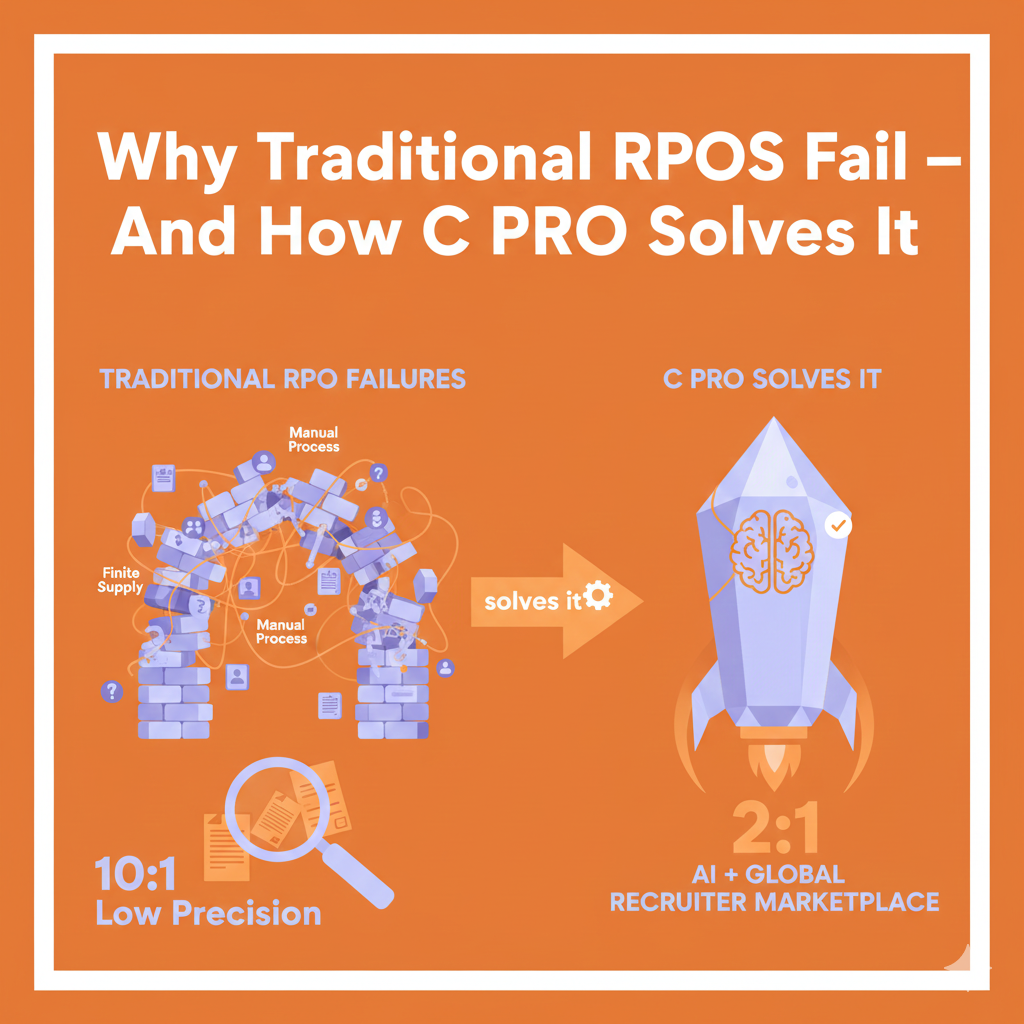Maximizing Efficiency In Resume Screening: Tips And Tricks

While it’s exciting to receive numerous applications for the job vacancy, it can be equally daunting for you to screen and filter relevant applicants. A lack of proper resume screening strategies can result in an inefficient and time-consuming hiring process, ultimately costing the company both time and effort.
To ensure a smooth and efficient resume screening process, it is important to have a clear understanding of what to look for in a candidate's resume and to use the right tools and techniques. In this blog post, we will provide a comprehensive resume screening tips on how to screen resumes efficiently.
To effectively implement resume screening best practices, it is crucial to develop a comprehensive understanding of the desired qualifications and candidate attributes. This information should be clearly defined and communicated to the hiring team and all other stakeholders involved in the recruitment process. Having a clear job description and persona specification will help to ensure that you are only considering resumes that meet the minimum requirements for the position.
Once you’re clear about what the job requires, it’s time to start screening these resumes.
Must-haves are the mandatory qualifications/skills that a candidate must meet to be able to do the job. Some examples of minimum qualifications/skills include:
Must have’s are literally ‘knockouts’. Candidates who fulfill these criteria advance to the next round while those that don’t get knocked out.
Your "nice-to-have" list, which is part of resume screening best practices will be a sum of things that gives the candidate an edge in the job because it can enhance their performance. These types of qualifications are generally more qualitative than minimum qualifications (e.g. strong communication skills, work experience in a similar domain, etc.). Candidates that meet both the minimum and preferred qualifications should definitely move onto the shortlisting step of resume screening.
Make a note of potential red flags in resumes such as long employment gaps, grammar mistakes, incorrect/missing personal information, etc. Even though red flags might not always disqualify someone, they alert you to potential issues during the interview process.
The evaluation grid helps you organize resumes so that you can compare these resumes to select the best ones, and at the same time don’t lose important resumes. As a first step, list the resumes numerically or alphabetically.
As a next step, list all the qualifications to consider across the x-axis. Organize it by placing the required credentials in front, followed by the desired skills. Evaluate and include to consider other areas like educational qualification, previous employment, length of previous jobs, etc.
Once you’ve reviewed these resumes, fill the grid horizontally according to each applicant. This process keeps organized for you to come back and look at each application.
Lastly, categorize the applicants into Yes, Maybe, and No.
Yes: Meets all qualification criteria
No: Doesn’t meet ‘must-haves’ or minimum qualification criteria
Maybe: meets ‘must-haves’ criteria but doesn’t have desired skills/ preferred qualifications.
Both manual screening and using screening software have their benefits and drawbacks. While manual resume screening gives you an edge in terms of identifying candidates who may be a good fit for the current job advertised or for other roles, it’s a lengthier process and more prone to human errors.
Screening software or resume screening tools on the other hand eliminates the repetitive tasks of categorizing and organizing candidate information into excel sheets. It often streamlines the screening process by preselecting the most qualified resumes based on keywords the recruiter programs the software to detect.
Using an Applicant Tracking System (ATS) eliminates manual tasks in analyzing online resumes and organizing the information by intelligently extracting data. You can also search for candidates who match your own keywords by manually adding search terms.
With CBREX’s strong resume screening tool and efficient screening process, access pre-screened talent who fits perfectly with your role vacancy.








